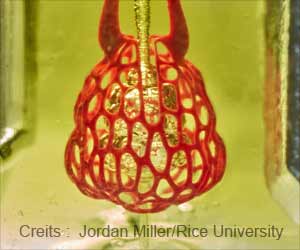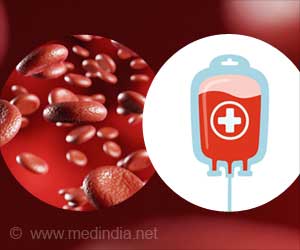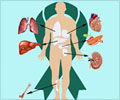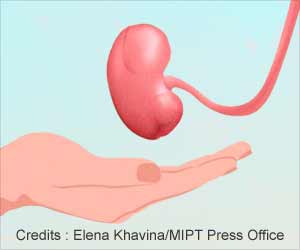Patients subjected to delayed transplantation using 10°C static lung preservation had a better outcome compared to patients transplanted performed using standard methods.

Cold Static Donor Lung Preservation: New Gold Standard Practice in Transplantation
In transplants, we still see a critical shortage of organs and people dying on the waitlist because there are not enough lungs to be transplanted. But the results of the trial published in the New England Journal of Medicine Evidence show the way for better organ preservation in transplants.‘Extension of cold static preservation times at 10°C appears to be safe and has the potential to improve lung transplantation logistics and performance.’





The trial took place over 18 months at UHN’s Toronto General Hospital, the Medical University of Vienna, and Hospital Universitario Puerta de Hierro-Majadahonda in Madrid. The ability to extend the lifespan of the donor organ poses several advantages.Ultimately, these advantages will allow for more lungs to be utilized across farther geographies and the ability to improve recipient outcomes by converting Lung transplantation into a planned rather than urgent procedure.
Some advantages of this new 10 degrees Celsius standard for lung storage include the potential to reduce or eliminate the 24/7 schedule and urgency of lung transplant procedures. By increasing the length of time the donors lungs are viable, transplant surgeries could become planned procedures, which avoids bumping scheduled surgeries and overnight transplantation.
This advancement in practice comes at a critical time when hospital resources are stretched and there are increased surgical backlogs due to the pandemic.
The study also suggests the new preservation temperature will allow more time to optimize immunologic matching between donor and recipients, and the possibility of performing lung transplantation in a semi-elective rather than urgent fashion.
Advertisement
Source-Eurekalert















